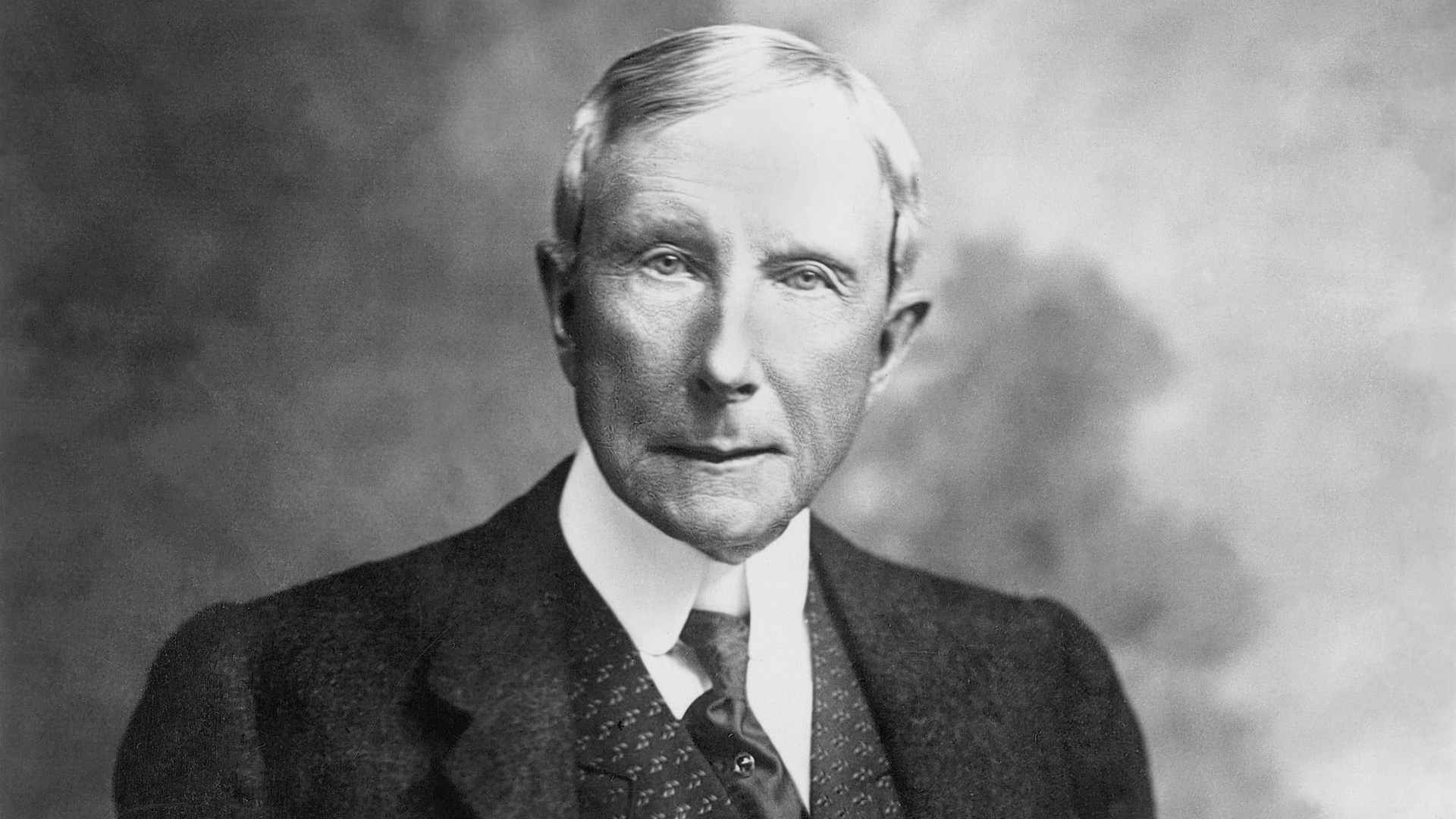Oh, Rockefeller moved some trees around alright. I like to keep it factual; see Jan Cigliano, Jan Cigliano Hartman, Showplace of America: Cleveland's Euclid Avenue, 1850-1910 [2002, p.106:StephenGoranson wrote: ↑Tue Nov 28, 2023 11:13 amMoving the trees around, my friend, moving the trees around.
Rockefeller and Kublai Khan are moving the trees around.
Rockefeller Sr. bankrolled Prohibition. Decades before that, he had a grand vision of a "water-cure" facility (for alcoholics and others) which failed immediately -- he took over that property for his personal Cleveland base. Then he leased out the old mansion, where he'd raised his family, as a Neal Institute rehab for alkies; the Neal Institute was a Hazelden of the early 20th C. Why?
I'd conservatively estimate J.D. Rockefeller Sr. spent over $1.5 mln (about $24 mln in 2023 money) on various alcohol/temperance projects from the 1870s until his death in 1937. But to my thinking, turning your very own house into an actual alcoholic rehab is a notch higher. Think: if Jeff Bezos turned his own mansion into a rehab for drug addicts, after privately and publicly funding so many known and unknown projects to treat addiction, you'd wonder, wouldn't you? Incidentally, Rockefeller Sr. was a teetotaler Presbyterian, vastly more influential socially and politically than Bezos has been or ever will be.

If you were a Refugee academic in 1938, and the Rockefeller Foundation had sponsored your immigration to the USA, and they had already paid your salary for 4 years at Johns Hopkins, and if your department boss had just received a massive grant from 30 Rock to "write a Book" for Midas ... would YOU say "No" Stephen? As far as I can tell, Ludwig Edelstein's -- from a moderately wealthy Berlin industrialist family, and by his very low-key political profile -- was what they once called a "Rockefeller Republican." Of course Edelstein did as the RF requested*, and he was named "Professor" about six months later ...despite a lack of credited publications towards an incomplete doctorate? Privatdozent in Germany, Professor in USA! Not bad, eh?
In gratitude, the Rockefellers took care of Ludwig Edelstein for the rest of his life. At Edelstein’s 1964 lecture on ‘Plato’s Seventh Letter: An Example of Historical Verification’ he himself slyly references his self-consciousness of this fact. "I am sure that it is for the first time that somebody talks on Plato in the research seminar, and I must say though the announcement says that these seminars are a device for interdisciplinary instruction and are meant to stimulate the mixing of disciplines I am forcefully reminded of what happened to me a few weeks ago in Princeton. I talked to the students, and was introduced by the Professor of Chemistry, and after he had made the usual complimentary remarks he said: 'Mr. Edelstein’s at the Rockefeller Institute, what they are using him for is beyond my imagination.'" (The audience reportedly laughed.)
What they used him for is certainly not beyond my imagination.
* In researching abit more, as I am wont to do, I just found a letter from Edward R. Murrow (yes, THAT Edward R. Murrow!) to Alfred E. Cohn regarding Dr. Ludwig Edelstein's intervention on behalf of Karl Lehmann* (Emma's old professor, I think) in March 1934. Elsewhere, I mentioned how the Edelsteins intervened to have the Rockefeller Foundation secure Erich Frank's release from a concentration camp in 1938/9. Apparently, the Edelsteins knew how to sway and influence the Rockefellers in the 1930s.
So YES, I think its 'kind of a big deal' that Ludwig probably visited 30 Rockefeller Center in early March 1938, to discuss details of the Foundation's project: how alcoholic recovery would be outlined as a modernized 'First Century' Therapeusis for psycho-spiritual healing.
* Hans Peter Obermayer, Deutsche Altertumswissenschaftler im amerikanischen Exil: Eine Rekonstruktion, p.120, Footnote 56 translated:
Obermayer (2018) has apparently missed the fact that E. Panofsky was married to Dorothea Panofsky (daughter of Caroline Meyer Mosse), who was Emma Jeanette Levy Edelstein's first cousin. Naturally, the Edelsteins contact with Panofsky was by intimate family connection, Emma's. Her own interest in art history also leads us to conclude that the Edelsteins connection to German art historian and Heidelberg archaeologist Ludwig Curtius was actually through Emma (his former student, c.1926-7). Whether or not Lehmann-Hartleben had been Emma's own Privatdozent, it is most likely her connection, here too.
